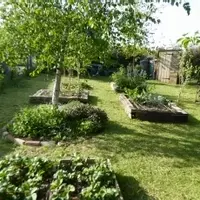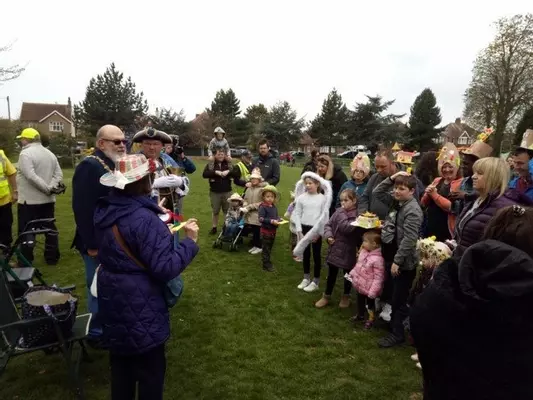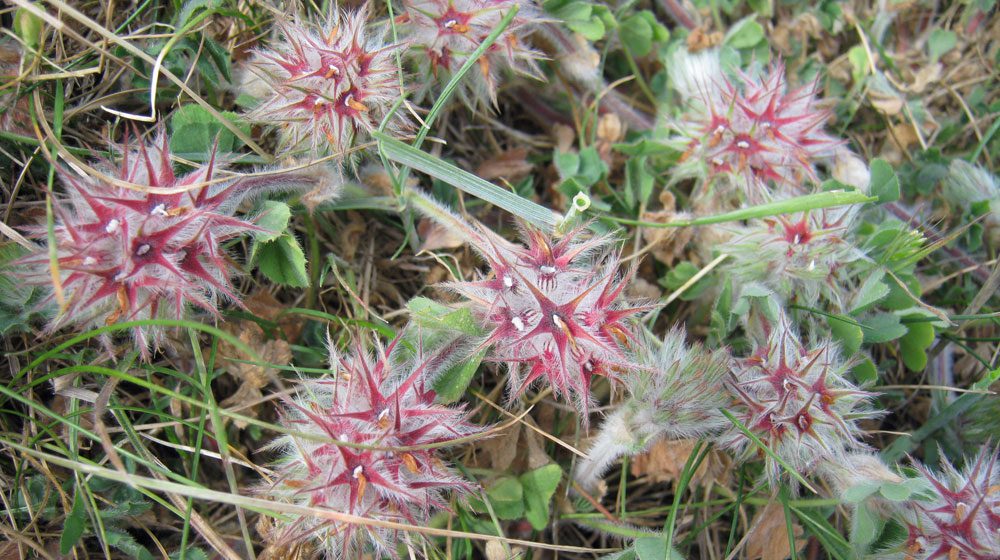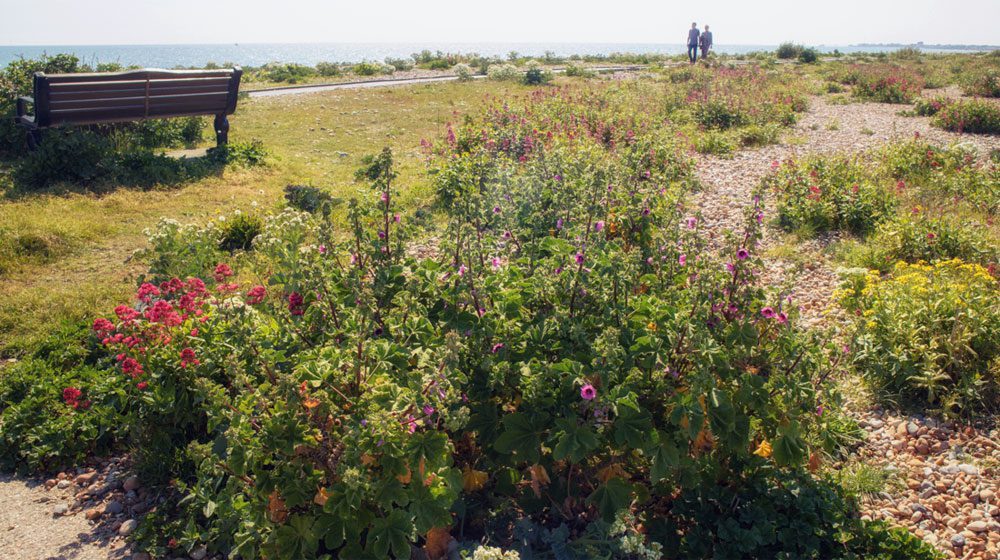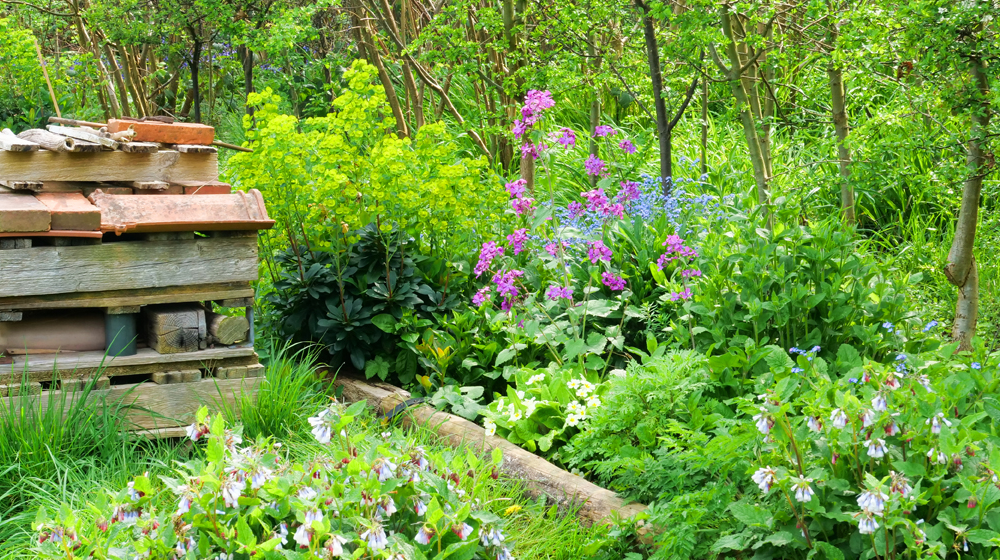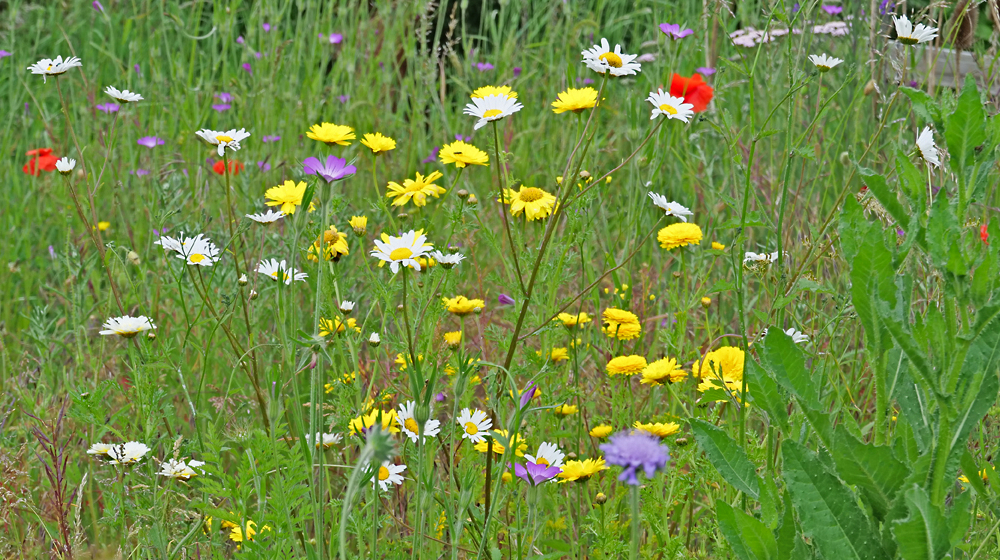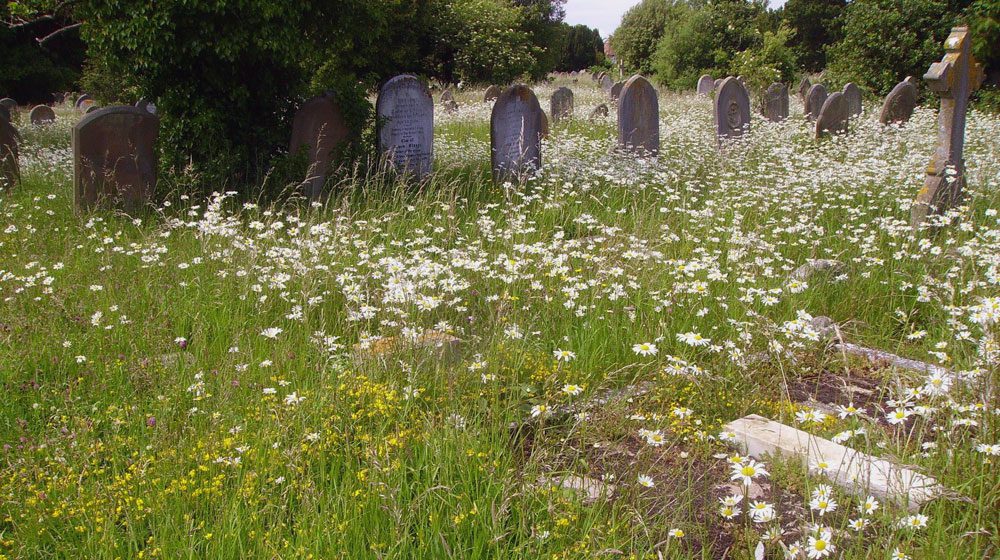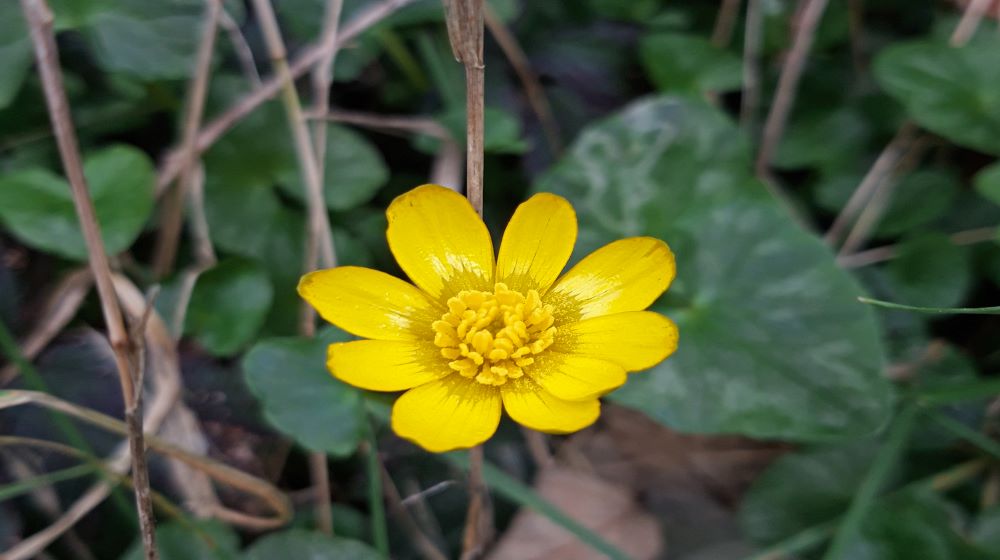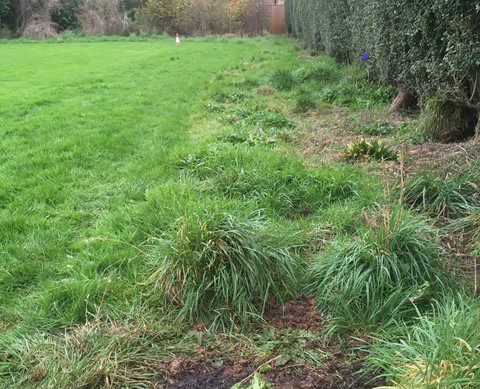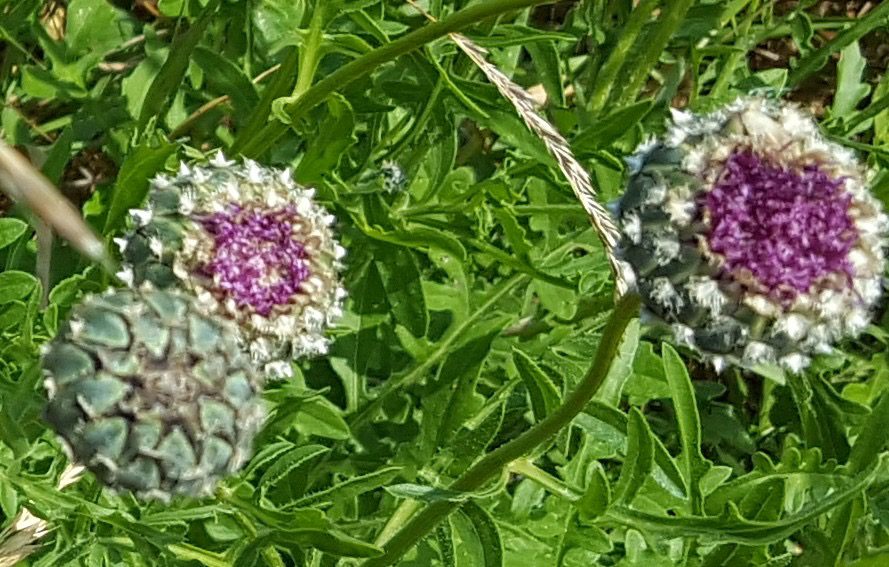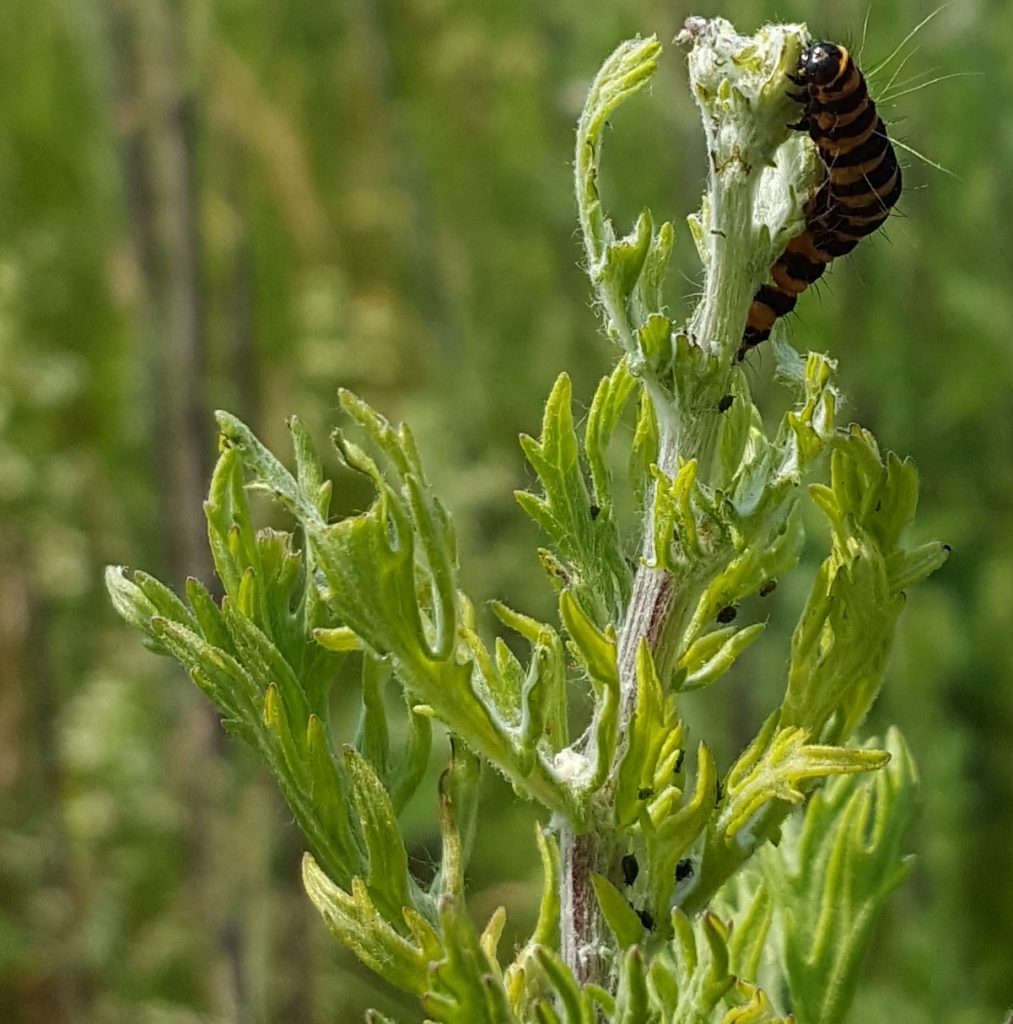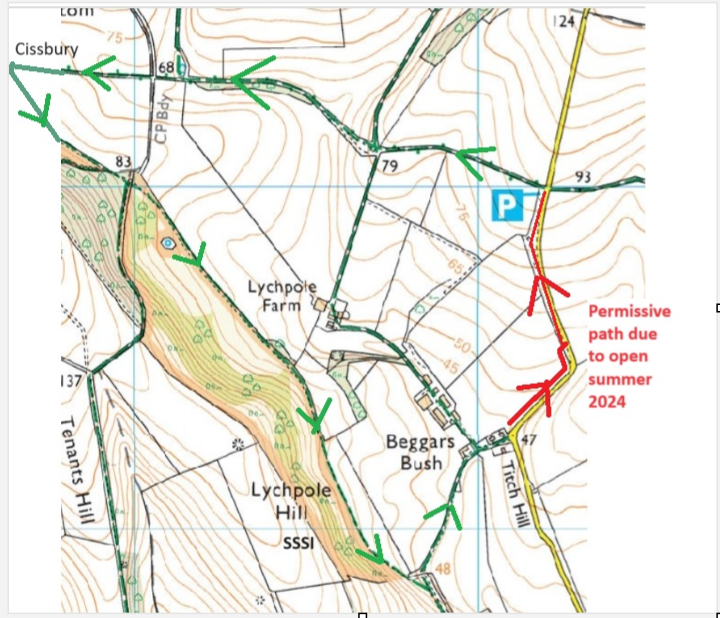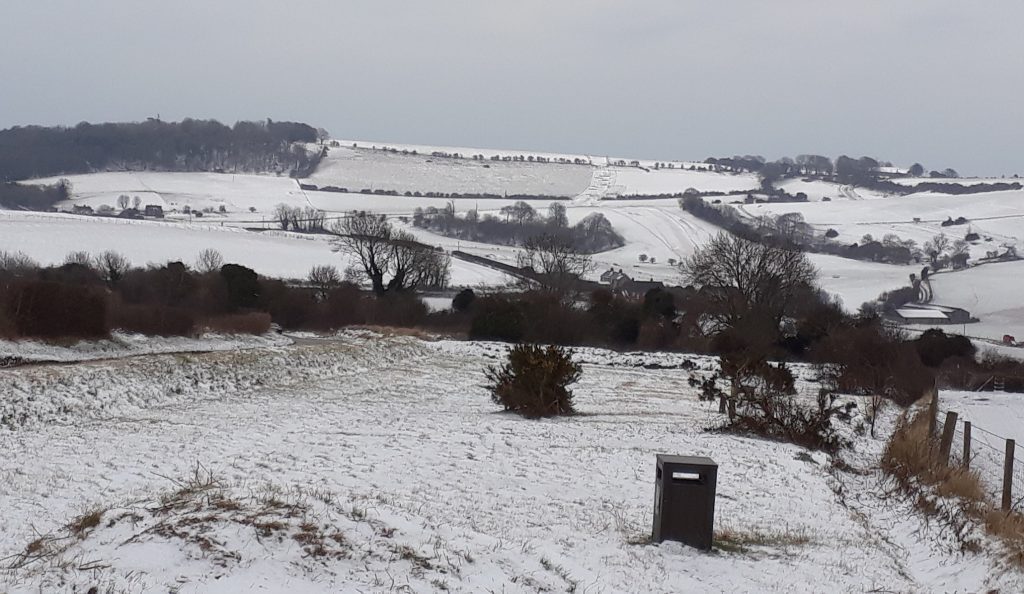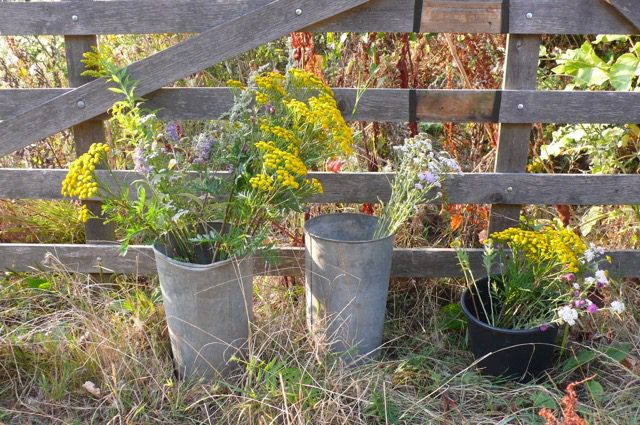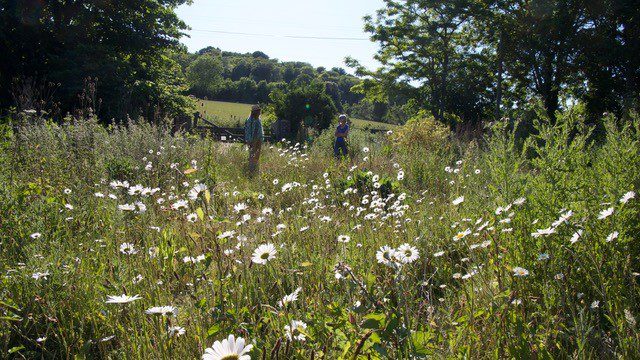Steepdown Hill Local Wildlife Site is a field on Lychpole Farm, 900m east of Beggars Bush car park, Sompting BN15 0AY, where Titch Hill Road meets Steyning Bostal Road.
CROW Act Open Access Areas are nearly always open but please refer to maps to identify which field is the Open Access Area.
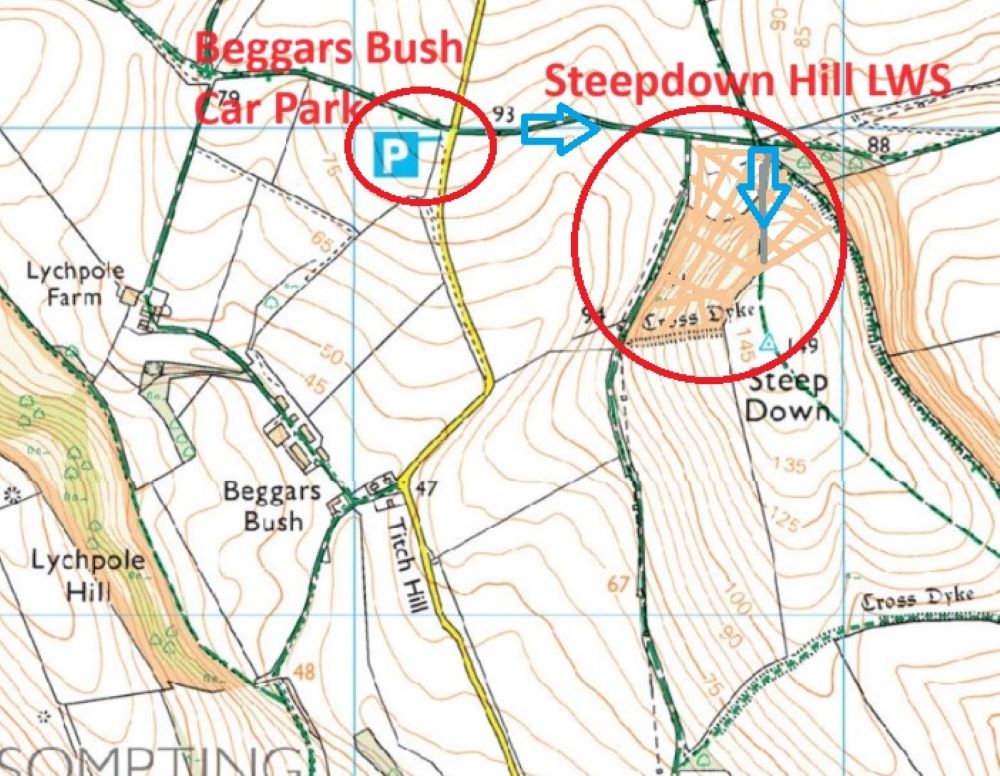
Access to the site is 900m of rough track and then a steep hill slope on which livestock may be present. Unfortunately, this site is not accessible for some disabilities due to the path being very rough and the hillside very steep and uneven.
The only Parking is at Beggars Bush car park, do not drive into the farmhouses area at this postcode. If that is full, park in North Sompting residential area and walk up the footpaths from Herbert Road west then north. Access into the field is via the public footpath. For your safety please only enter fields where a public footpath is indicated.
The site is about 10Ha with Cowslips and Harebells often flowering on this ancient species rich chalk grassland.
The site is managed by the Farmer with regular grazing outside of the flowering season, and occasional control of scrub as needed.
Seed collection is not allowed as this is a designated Local Wildlife Site and the seed should stay where it is to sustain populations.
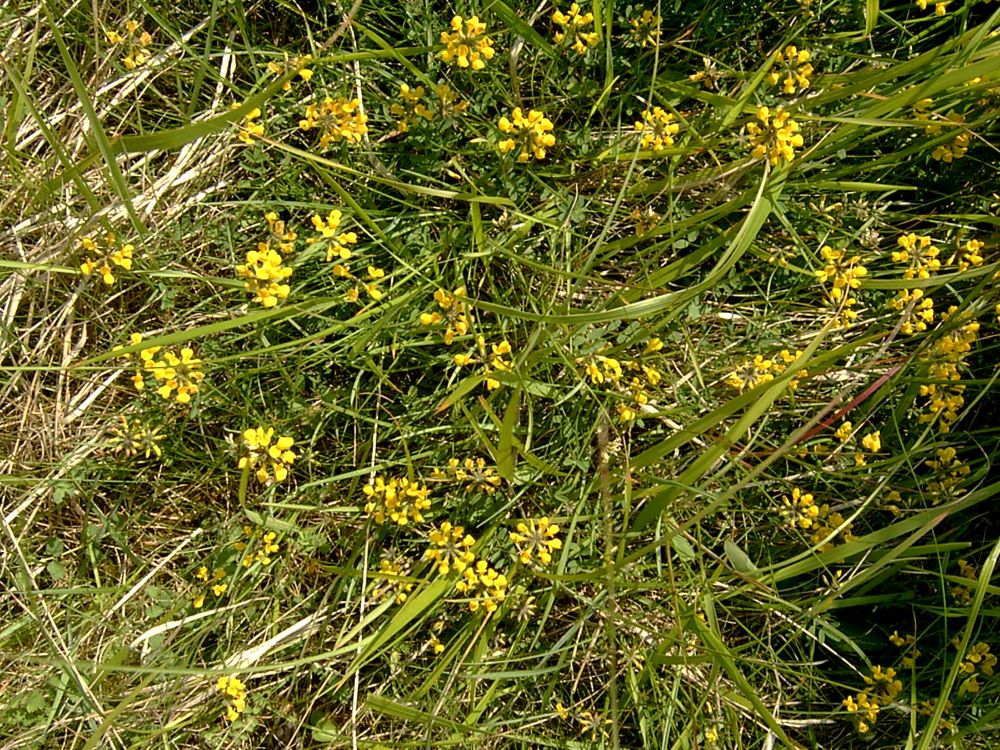
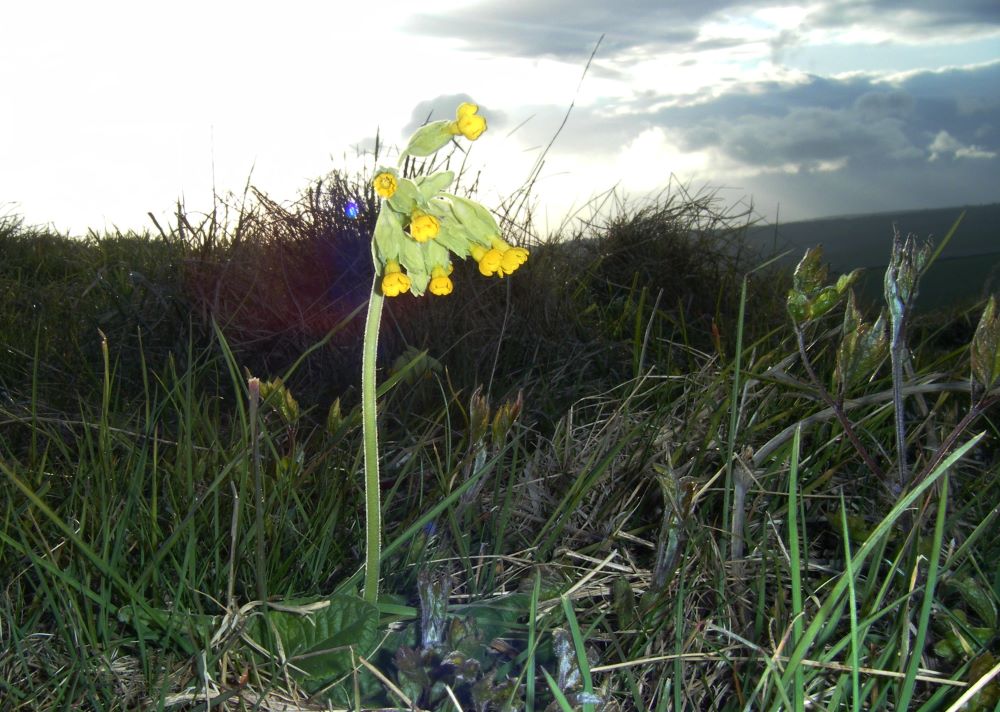
Steepdown Hill LWS is ancient chalk grassland; it was too steep to be mechanically ploughed and fertilised when so much wildflower-rich chalk downland was ploughed to feed the nation after World War II. So it is a precious survival. The lower, flatter northwest part of the meadow was ploughed and fertilised, but Sompting Estate and our Lychpole Farm tenants have reverted it to unfertilised grassland. We hope that over years to come, the cattle and sheep grazing the older parts of the meadow will bring seeds on their hooves to make that part flower-rich like the rest.
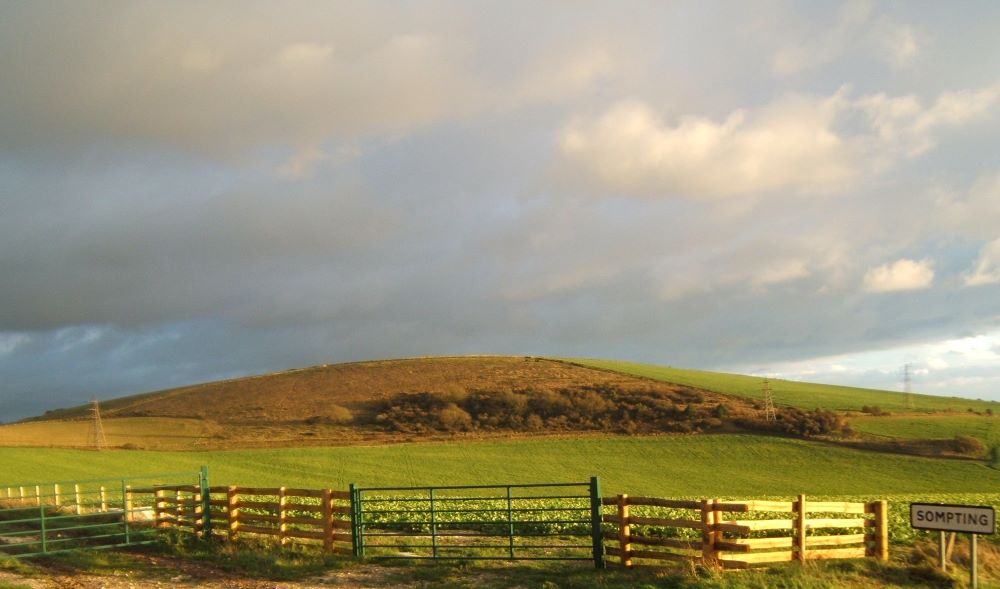
More information on www.somptingestate.com/farming-with-nature
Our future plans are to extend the flower-rich sward diversity over the former arable field in the NW corner of the site, which we have added to the LWS area for this purpose.
For more information visit Sompting Estate
